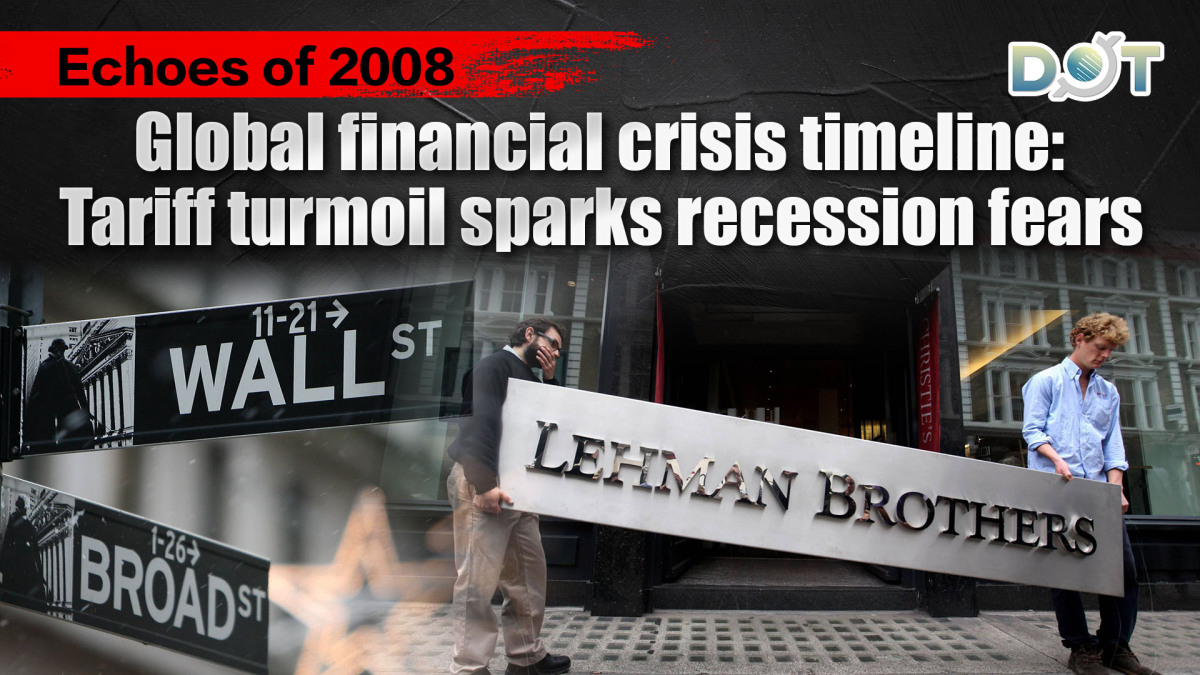
With markets reeling from Trump's new tariffs and economists warning of potential recession, unsettling parallels are being drawn to the 2007-08 financial crisis that shook global markets. Below is a comprehensive chronology of key events from that devastating economic collapse:
2007: The Crisis Emerges
The first tremors appeared in February when Freddie Mac announced it would stop purchasing risky subprime mortgages. By April, major lender New Century Financial collapsed into bankruptcy. As credit markets froze, the Federal Reserve began emergency rate cuts in August, ultimately slashing rates by 1.5 percentage points by year's end.
2008: The Storm Intensifies
January saw Bank of America's US$4 billion rescue of Countrywide Financial. In March, the Fed provided US$29 billion to facilitate JPMorgan's fire-sale acquisition of Bear Stearns. The crisis reached new heights in September with:
- The government takeover of Fannie Mae and Freddie Mac (Sep. 7)
- Lehman Brothers' historic bankruptcy filing (Sep. 15)
- Bank of America's US$50 billion purchase of Merrill Lynch (Sep. 15)
- JPMorgan's acquisition of Washington Mutual (Sep. 25)
Government Intervention Escalates: October brought unprecedented federal action
- The US$700 billion TARP program was created (Oct. 3)
- Wells Fargo acquired Wachovia (Oct. 12)
- The Treasury injected $125 billion into nine major banks (Oct. 28)
- AIG received US$40 billion in bailout funds (Nov. 10)
Auto Industry Collapse
- Ford, GM, and Chrysler sought emergency loans (Nov. 18)
- GM and Chrysler received US$17.4 billion in TARP funds (Dec. 19)
- GMAC converted to a commercial bank with US$6 billion in federal aid (Dec. 24-29)
The timeline reveals how quickly financial contagion spread from mortgage lenders to investment banks and ultimately to the broader economy - a sobering reminder as current tariff policies threaten new economic upheaval. With oil prices recently hitting April 2021 lows and major institutions again facing stress, policymakers are watching for similar danger signs emerging in today's volatile markets.
(Source: Federal Reserve, Reuters, and Al Jazeera)
Related News:
Global reactions to US tariffs: Rising protests and countermeasures




















Comment